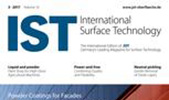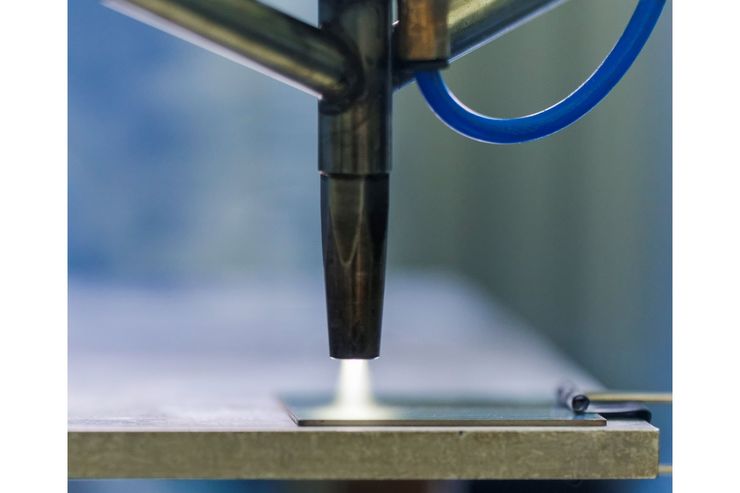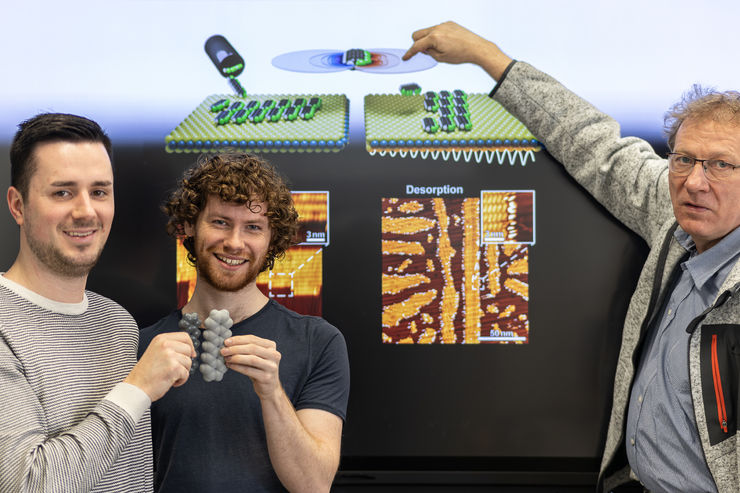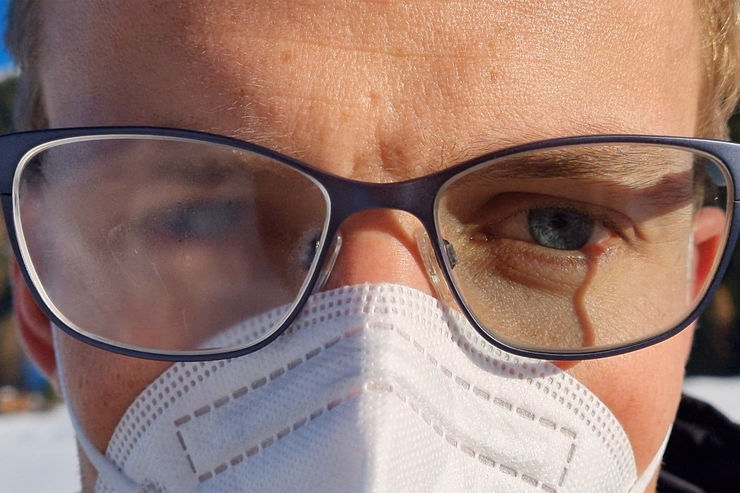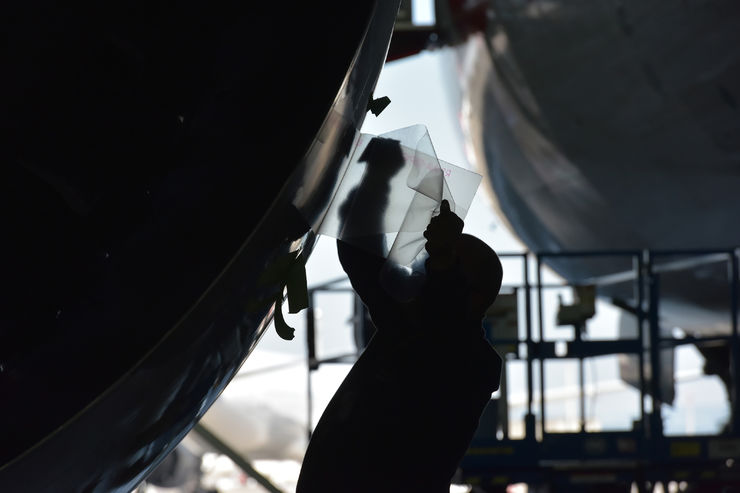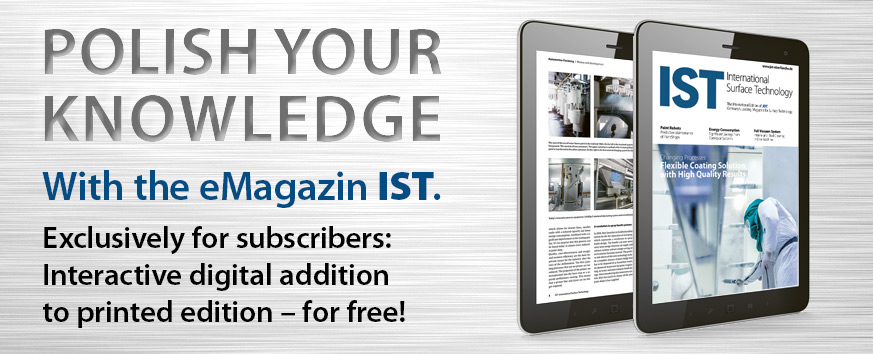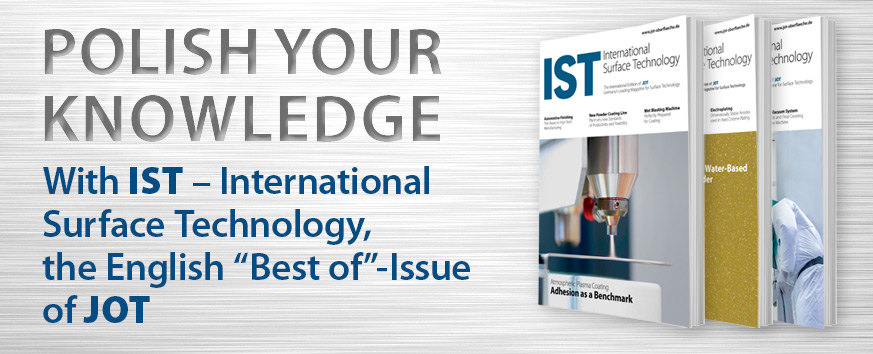The Jena-based industrial research institution Innovent e.V. has incorporated fluorescent nanoparticles into thin-film technologies. These particles can now be detected thanks to a measurement method developed at the Ferdinand Braun Institute (FBH) in Berlin. Until now, this was not possible in this way because the fluorescent materials only provide signals with very low intensity. The technology is based on plasma and sol-gel coatings. Currently, additional partners are being sought to further develop the nano-fluorescence technology so that it can be used economically in the future with a handheld device and app. The novel coatings can be made invisible to the eye and can be adapted to the specific application. For example, the functionality of the surface can be designed as a barrier layer to prevent the corrosion of metals or to make films impermeable to gases. Easy-to-clean layers equipped with special hydrophilic, hydrophobic or antimicrobial properties can also be created in this way. Only very low concentrations of nanoparticles of less than 0.5 % need to be introduced into the 200 to 500 nm thin layers. This ensures economical use of materials and ensures that the labeled products are recyclable.
Compact laboratory setup allows mobile use
To detect fluorescence with the highest sensitivity, the layer is excited with UV light, which is detected by photosensors with an upstream optical filter. The emission is measured within a few seconds, as was successfully demonstrated in a laboratory setup. Due to the small size of the components, such sensitive measurements would no longer have to be carried out in the laboratory in many areas of application in the future. They could be carried out directly in production areas, in logistics companies or at customs, because the laboratory setup is so compact that it is also suitable for mobile use. It can be converted both into miniaturized and thus dye-individualized devices and into standardized "universal devices" with replaceable LEDs and/or filters.
New possibilities for product labeling
Depending on the product, the coatings can be deposited over small or large areas, and dyes can be used sparingly. Individualizations such as logos or barcodes can be "engraved" by laser into these color-coated surfaces for so-called "track & trace" - for tracking products in logistics. These markings with line widths of a few micrometers can be detected with a handheld fluorescence microscope. The coatings themselves adhere to a wide range of materials such as plastics, metals, glass/ceramics, lightweight and 3D printed products. The markings can also be used internally for organizing semi-finished product logistics and for organizational purposes in supply chains. The technology is equally suitable for marking products - as a certificate of authenticity for mass-produced items as well as customizable for high-value quality products. It can also be used flexibly by combining the fluorescent materials and "engravings" used or varying them over time.
Autor(en): wi

